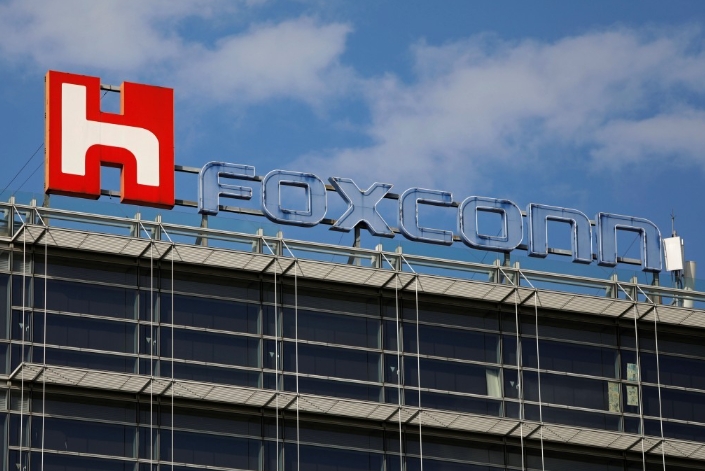
Hung noted that worldwide demand for carbon capture is estimated at eight billion metric tons of CO2 each year. With many countries aiming for net-zero emissions by 2050, he cited projections indicating that scaling up this technology could require an investment of US$15 trillion (NT$494.8 trillion). Foxconn’s collaboration with Pace, a leader in designing CCS systems, focuses on creating a specialized chemical injection unit. This unit is designed to remove impurities from captured CO2, preventing corrosion within CCS infrastructure and ensuring its durability.
Drawing on Foxconn’s strengths in gas reaction processes and piping design, Hung emphasized that this technology could lower costs and speed up carbon capture efforts. He stated: “Through innovation in green production technologies, we can balance the benefits of semiconductors with ecological sustainability.” This partnership aims to integrate environmental goals with industrial advancements, particularly in high-emission sectors like semiconductor manufacturing.
According to Exyte’s estimates, by 2030, over 900 wafer fabrication plants will operate globally, releasing more than 170 million metric tons of CO2 annually. These facilities are also projected to consume 18.8 quadrillion kWh of electricity and one billion cubic meters of water each year. Foxconn’s entry into the carbon capture market, supported by Pace’s expertise, positions the company to address these challenges. The collaboration seeks to offer practical solutions that reduce environmental impact while maintaining efficiency in production processes.
This initiative reflects Foxconn’s commitment to sustainable practices, leveraging its technical capabilities to contribute to global climate goals. The development of the corrosion-resistant unit is a step toward making CCS more accessible and cost-effective, supporting industries worldwide in their transition to greener operations.